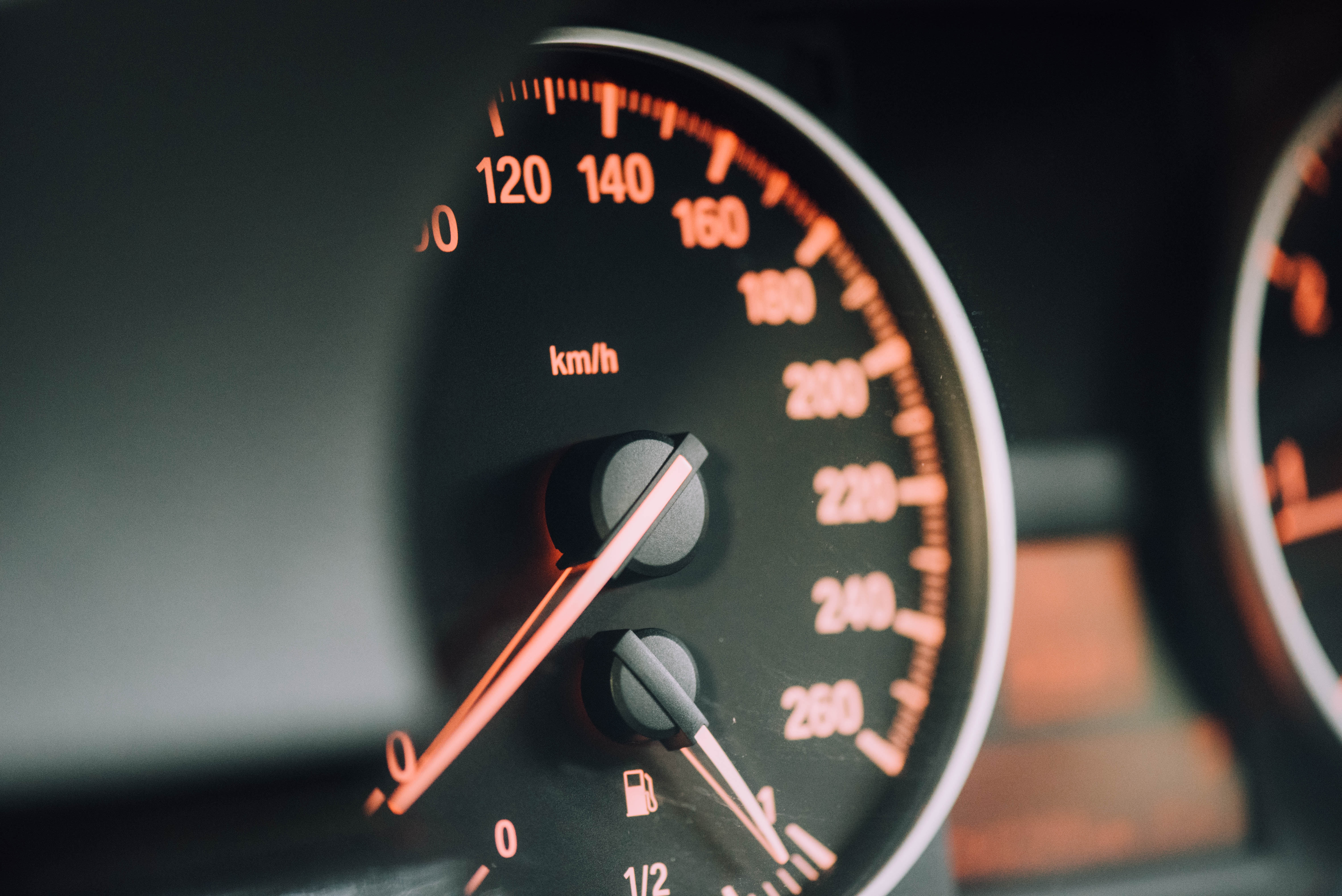
Page speed optimizations
Businesses often put page speed optimizations on the back burner, assuming that their site speed represents their entire website performance. Unfortunately, that isn’t the case. There is a crucial difference between site speed and page speed, and it can be a deciding factor in your bounce rate and organic rank. Site speed is the average of a sample of load times of a few pages on your site, and therefore not a very in-depth way of determining your site’s true performance. Page speed is the loading time of a specific page on your website, or how long your content and images take to show up. Testing for each page, or particularly for your most important pages, can reveal critical weaknesses and flaws in your site’s performance. Page speed (probably) constitutes an important ranking factor in Google’s algorithm. Not only does it play a role in ranking, it plays a role is user experience (Google might argue that “experience” and “rank” should be inextricably linked). Pages that take a long time to load can increase your bounce rate and lower the average session duration, resulting in fewer interactions and decreased conversions. That’s why it’s very important to identify what is causing pages on your site to load slowly and to use effective tools and methods to optimize your page speed. Implementing those optimizations can improve your rankings and, through better user experience, the oh-so-important conversion rate. Here are some of the many ways to increase your page speed: Enable compression Minify CSS, JavaScript, and HTML Reduce redirects Remove render-blocking JavaScript Google suggests avoiding and minimizing the use of blocking JavaScript. Leverage browser caching Improve server response time Use a content distribution network Optimize images Lazy load images Use CSS sprites to create a template for images that you use frequently on your site like buttons and icons. CSS sprites combine your images into one large image that loads all at once (which means fewer HTTP requests) and then display only the sections that you want to show. This means that you are saving load time by not making users wait for multiple images to load.


0 comments